Home>Ideas and Tips>Upgrading Your Home Security System DIY Options
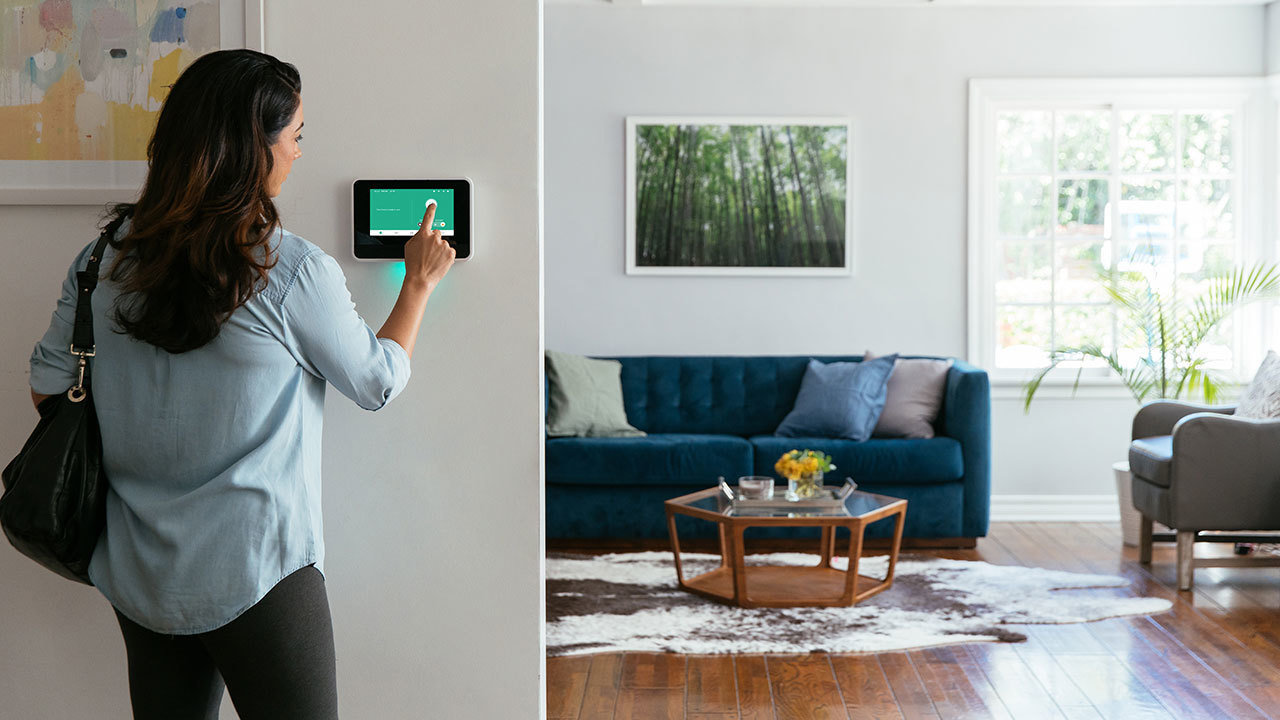

Ideas and Tips
Upgrading Your Home Security System DIY Options
Modified: October 20, 2024
Upgrade your home security with DIY options. Learn how to install motion sensors, smart locks, cameras, and more for enhanced safety and peace of mind.
(Many of the links in this article redirect to a specific reviewed product. Your purchase of these products through affiliate links helps to generate commission for Storables.com, at no extra cost. Learn more)
In today's world, home security is more important than ever. With the rise of smart technology and DIY projects, upgrading your home security system has never been easier or more affordable. This article will guide you through the process of upgrading your home security system using DIY options, providing you with the knowledge and tools needed to enhance your home's safety and security.
Understanding Home Security Needs
Before diving into the DIY options, it's crucial to understand your home security needs. Here are some key factors to consider:
- Assessment of Vulnerabilities: Identify potential entry points in your home, such as doors, windows, and any weak spots in your walls.
- Valuables and Assets: Determine what you need to protect. This could include valuables, family members, or sensitive information.
- Budget: Set a budget for your DIY project. This will help you decide which components to invest in and which to DIY.
Read more: How To Upgrade My Wired Security System
Basic Components of a Home Security System
A basic home security system typically includes several key components:
- Sensors: These detect movement, door openings, and window breaks.
- Control Panel: This is the central unit that processes signals from sensors and controls other devices.
- Alarm: This alerts you and possibly the authorities in case of an intrusion.
- Cameras: These provide visual surveillance and can be integrated with the control panel.
- Smart Devices: These include smart locks, doorbells with cameras, and other IoT devices that can enhance security.
DIY Security System Components
Here are some DIY components you can use to upgrade your home security system:
1. Motion Sensors
Motion sensors are a fundamental part of any home security system. They detect movement and can trigger alarms or lights when someone enters a room or approaches a door.
How to Install:
- Choose the Right Sensor: Select a motion sensor that fits your budget and meets your needs. Some popular options include passive infrared (PIR) sensors and ultrasonic sensors.
- Mounting: Mount the sensor in a strategic location where it can detect movement effectively. Common places include hallways, stairways, and near doors.
- Powering: Ensure the sensor is powered correctly. Some sensors require batteries, while others need to be hardwired into your electrical system.
2. Door and Window Sensors
Door and window sensors are crucial for detecting unauthorized entry points.
How to Install:
- Choose the Right Sensor: Select sensors that fit your doors and windows. Magnetic sensors are popular for this purpose.
- Mounting: Mount one sensor on the door or window frame and the other on the door or window itself.
- Testing: Test the sensors to ensure they trigger correctly when opened or closed.
3. Smart Locks
Smart locks offer advanced security features like keyless entry, biometric authentication, and remote monitoring.
How to Install:
- Choose the Right Lock: Select a smart lock that fits your budget and meets your needs. Popular brands include August and Schlage.
- Installation: Follow the manufacturer's instructions for installation. This typically involves replacing your existing lock with the smart lock.
- Pairing: Pair the lock with your smartphone or control panel to enable remote monitoring and control.
4. Security Cameras
Security cameras provide visual surveillance and can be integrated with your control panel.
How to Install:
- Choose the Right Camera: Select a camera that fits your budget and meets your needs. Popular options include wired and wireless cameras.
- Placement: Place cameras in strategic locations such as entry points, hallways, and living areas.
- Powering: Ensure the camera is powered correctly. Some cameras require batteries, while others need to be hardwired into your electrical system.
5. Smart Doorbells
Smart doorbells with cameras offer advanced features like video recording, motion detection, and two-way audio.
How to Install:
- Choose the Right Doorbell: Select a smart doorbell that fits your budget and meets your needs. Popular brands include Ring and Nest.
- Installation: Follow the manufacturer's instructions for installation. This typically involves replacing your existing doorbell with the smart doorbell.
- Pairing: Pair the doorbell with your smartphone or control panel to enable remote monitoring and control.
Integrating DIY Components
Once you have your DIY components, it's time to integrate them into a cohesive system:
1. Control Panel
A control panel is the central unit that processes signals from sensors and controls other devices.
How to Choose:
- Select a Panel: Choose a control panel that fits your budget and meets your needs. Popular options include wired and wireless panels.
- Installation: Follow the manufacturer's instructions for installation. This typically involves mounting the panel in a secure location.
2. Alarm System
An alarm system alerts you and possibly the authorities in case of an intrusion.
How to Choose:
- Select an Alarm System: Choose an alarm system that fits your budget and meets your needs. Popular options include wired and wireless systems.
- Installation: Follow the manufacturer's instructions for installation. This typically involves connecting sensors to the control panel and setting up alerts.
Advanced Features
To enhance your DIY security system, consider adding advanced features:
1. Smart Home Integration
Integrate your security system with other smart home devices for a more comprehensive security solution.
How to Integrate:
- Choose Compatible Devices: Select devices that are compatible with your security system. Popular options include smart thermostats, lights, and door locks.
- Setup: Follow the manufacturer's instructions for setup. This typically involves connecting devices to your control panel or smartphone app.
Read more: Upgrading Your Bedroom Storage DIY Solutions
2. Motion Detection
Motion detection can be enhanced by using advanced sensors or integrating with smart devices.
How to Enhance:
- Advanced Sensors: Use advanced sensors like PIR or ultrasonic sensors for more accurate motion detection.
- Smart Devices: Integrate smart devices like smart lights or thermostats that can be controlled based on motion detection.
Tips for Effective Installation
Here are some tips for effective installation:
1. Assess Your Needs
Before starting your DIY project, assess your needs thoroughly.
Why It Matters: Understanding your needs helps you choose the right components and avoid unnecessary expenses.
2. Follow Instructions Carefully
Follow the manufacturer's instructions carefully when installing each component.
Why It Matters: Incorrect installation can lead to system failure or reduced effectiveness.
Read more: How To Build Your Own Home Security System
3. Test Regularly
Test your system regularly to ensure all components are working correctly.
Why It Matters: Regular testing helps identify issues early on and ensures your system remains effective over time.
Conclusion
Upgrading your home security system using DIY options is a cost-effective and empowering way to enhance your home's safety and security. By understanding your needs, choosing the right components, and integrating them effectively, you can create a comprehensive security system that meets your budget and requirements. Remember to follow instructions carefully and test regularly to ensure your system remains effective over time. With these DIY options, you can enjoy peace of mind knowing that your home is well-protected against potential threats.
Additional Resources
For those interested in learning more about home security systems and DIY projects, here are some additional resources:
- DIY Security System Kits: Many companies offer DIY security system kits that include all the necessary components for a basic setup.
- Online Tutorials: Websites like YouTube and online forums often have tutorials and guides for installing various security components.
- Manufacturer Support: Most manufacturers provide extensive support materials including user manuals, installation guides, and troubleshooting tips.
By leveraging these resources and following the steps outlined in this article, you can create an effective DIY home security system that meets your needs and enhances your home's safety and security.
Was this page helpful?
At Storables.com, we guarantee accurate and reliable information. Our content, validated by Expert Board Contributors, is crafted following stringent Editorial Policies. We're committed to providing you with well-researched, expert-backed insights for all your informational needs.
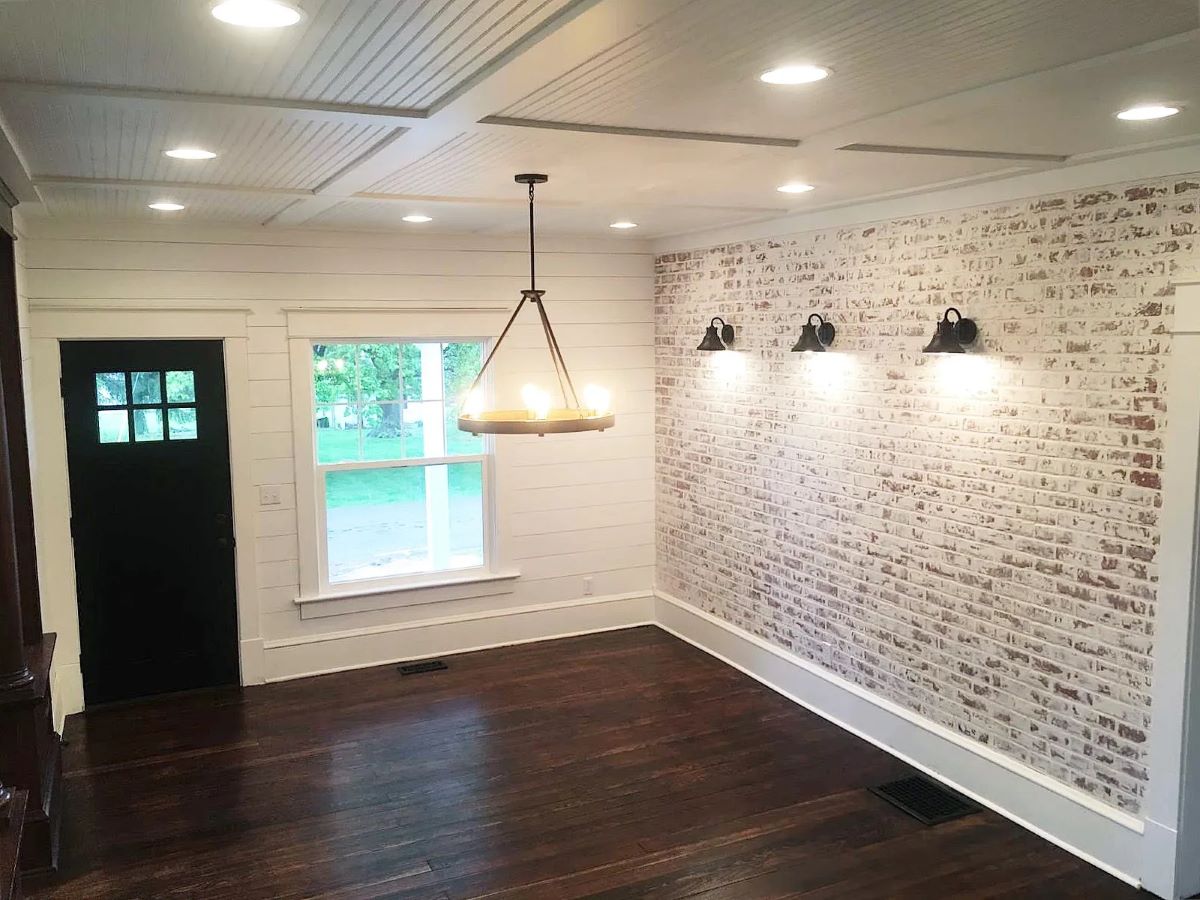
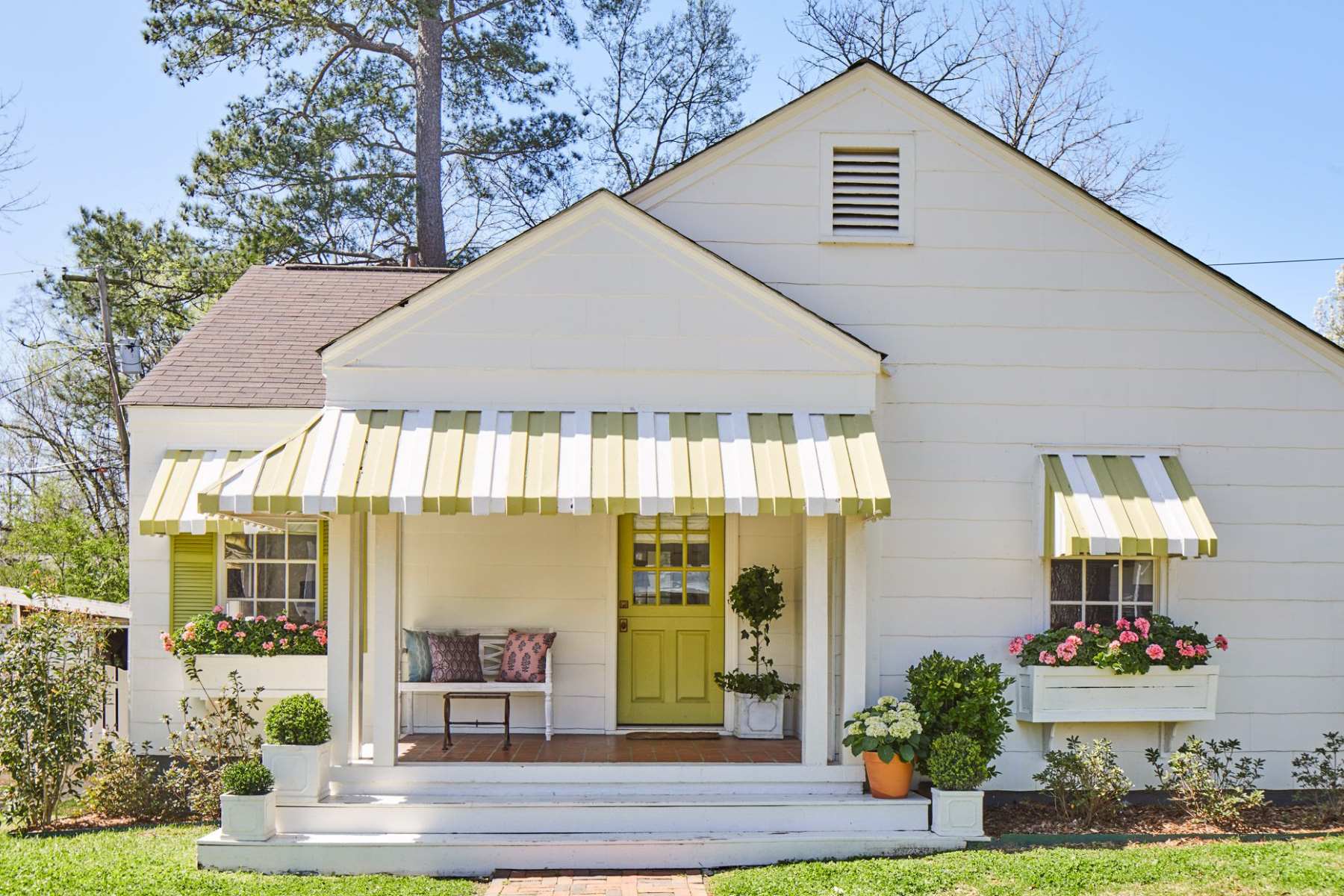

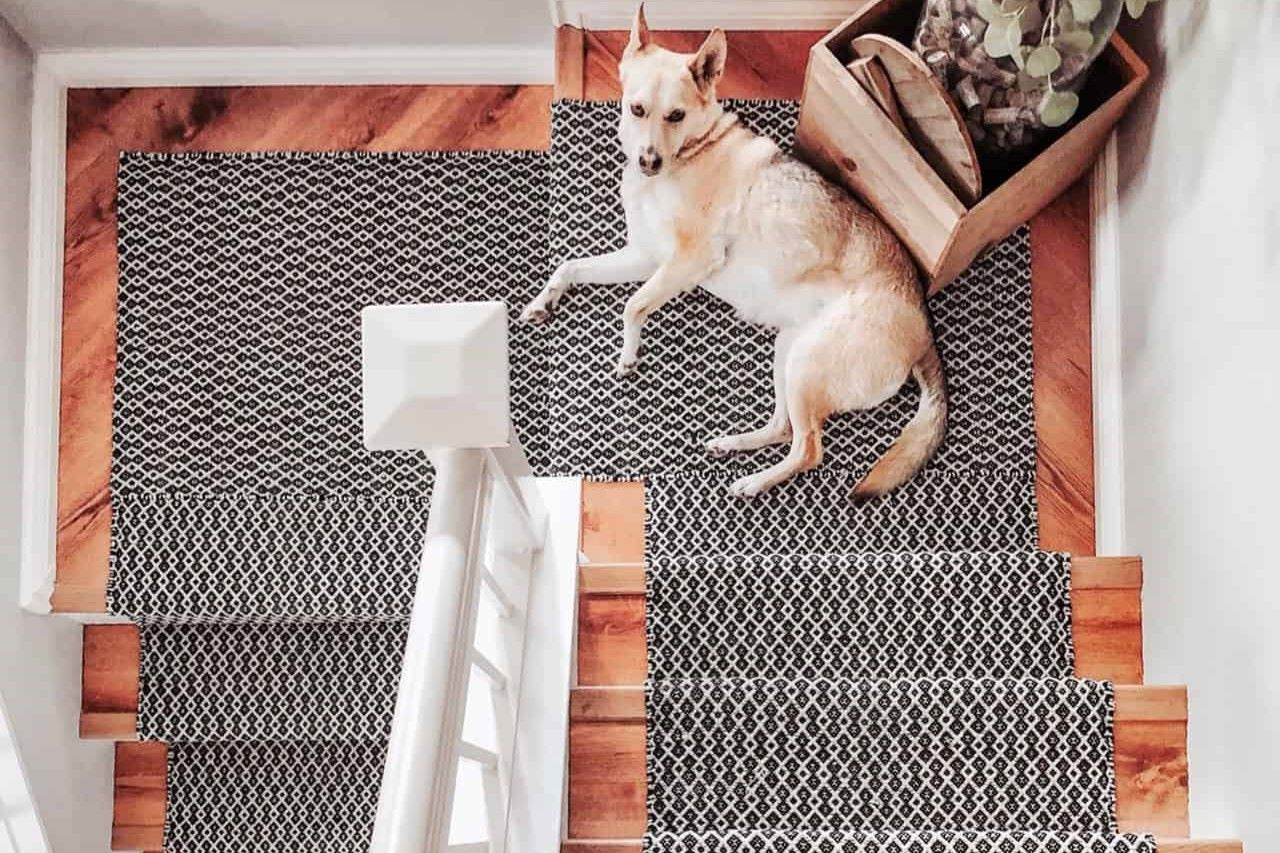
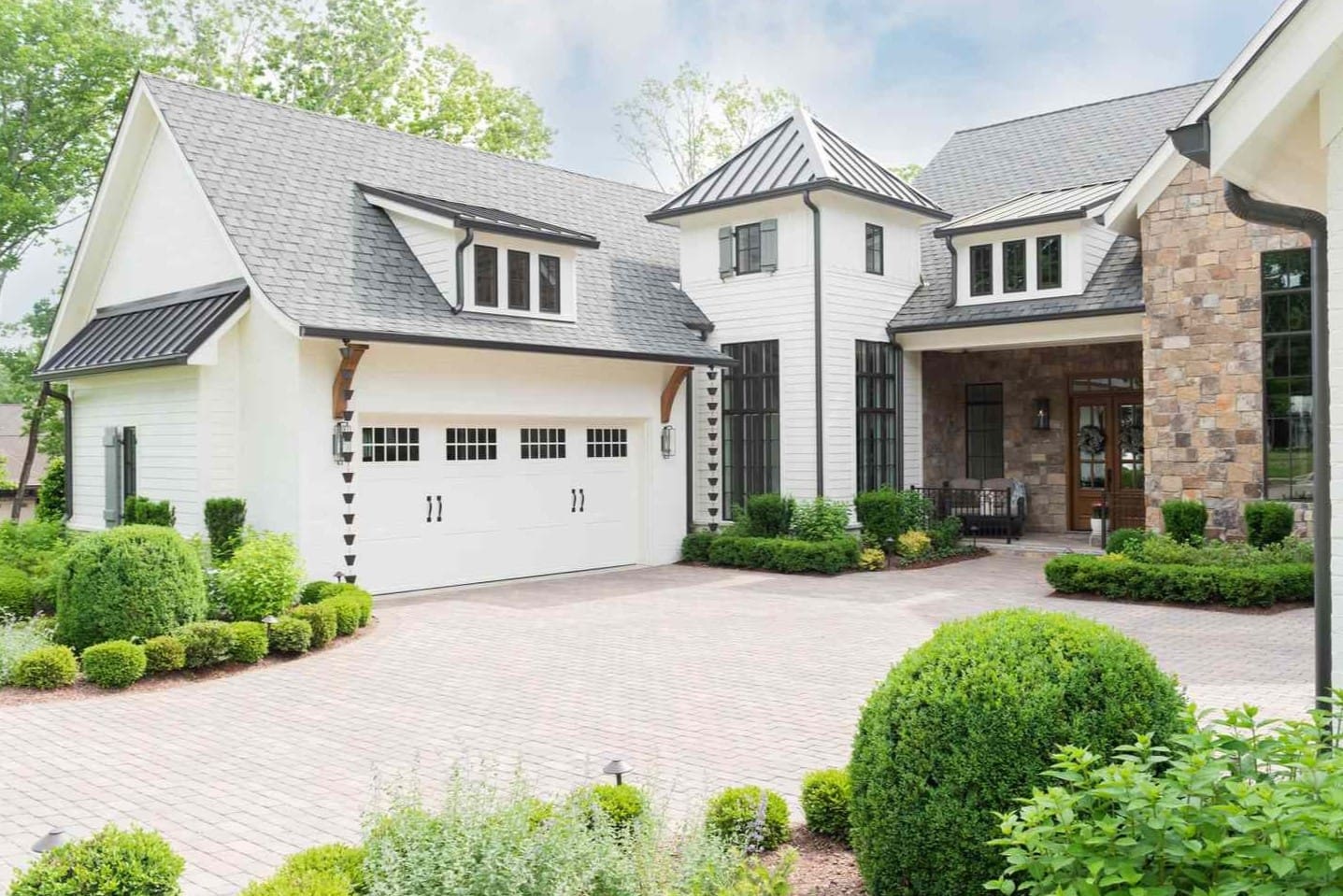
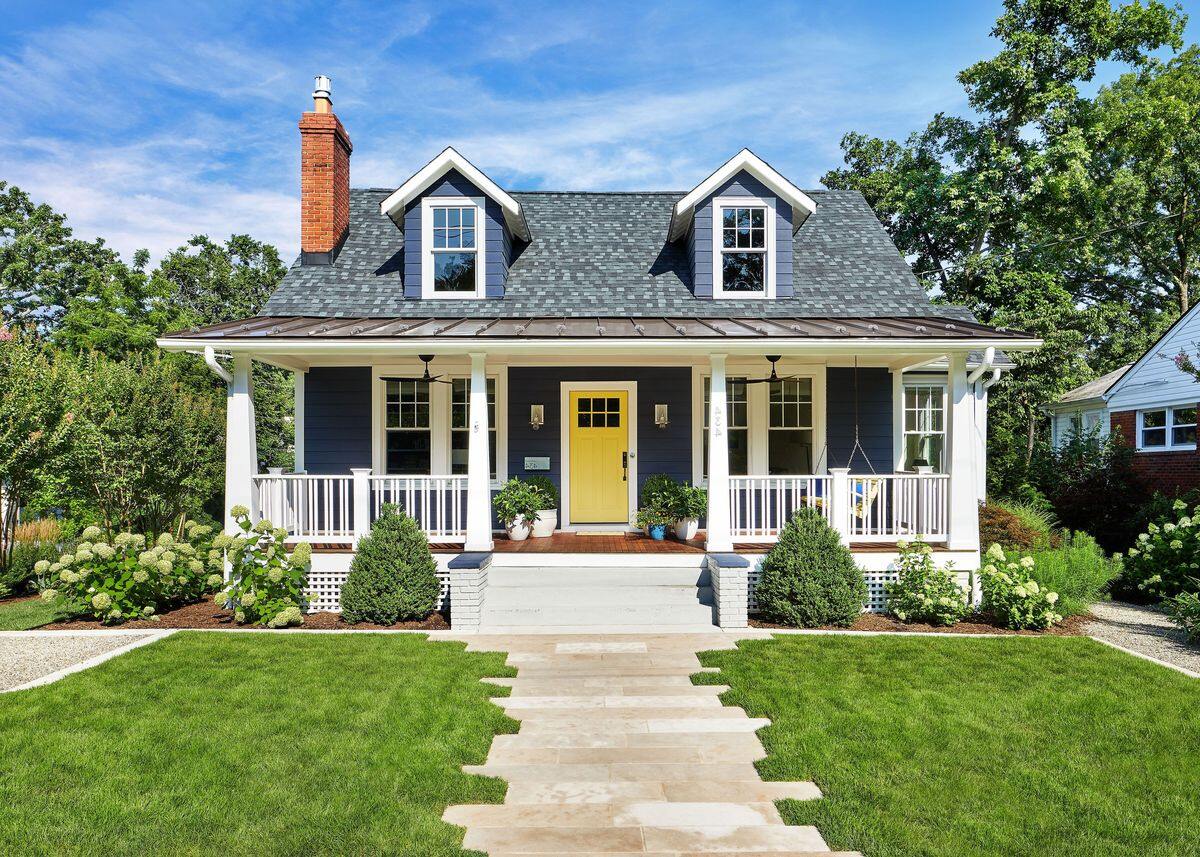
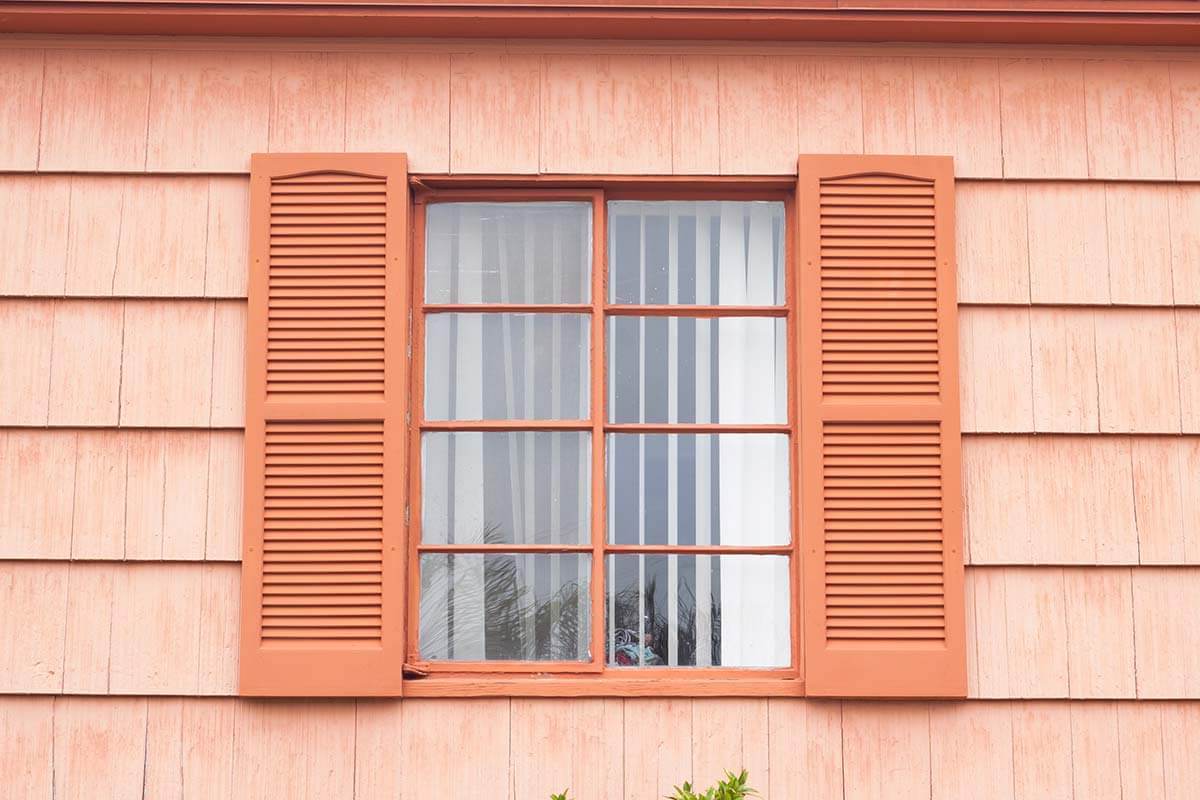
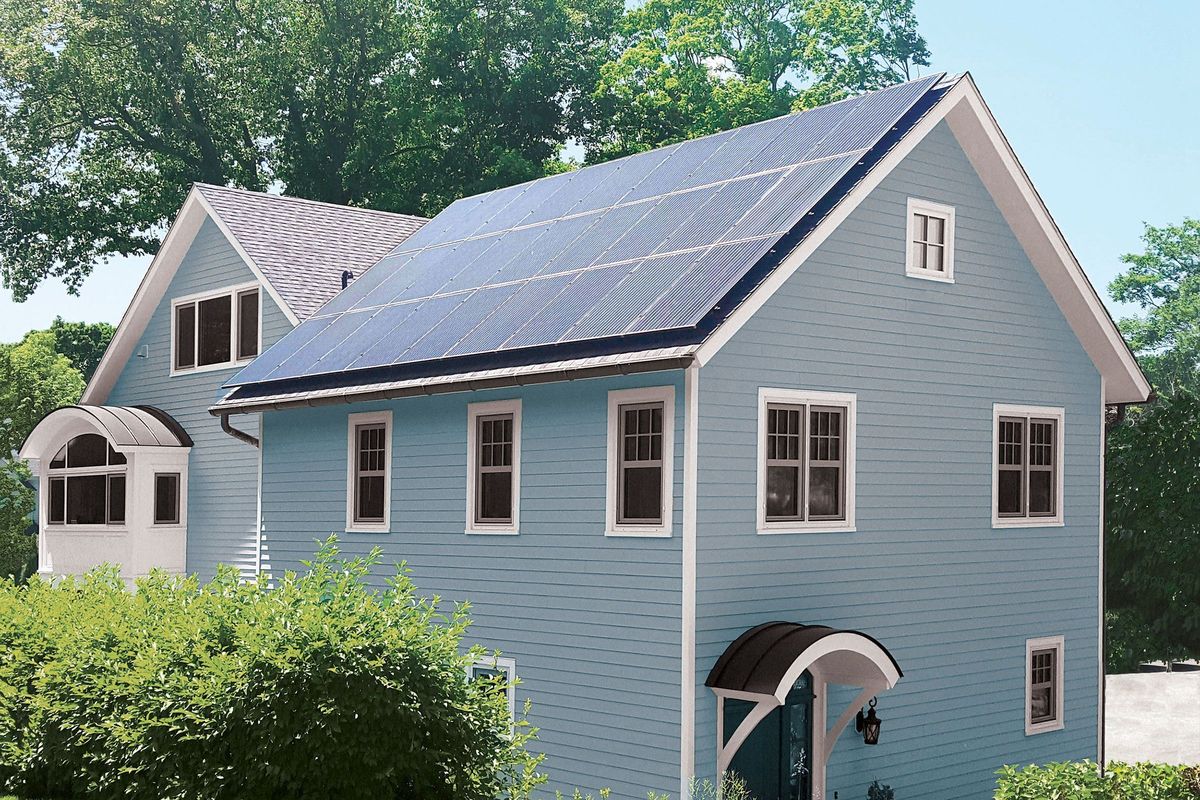
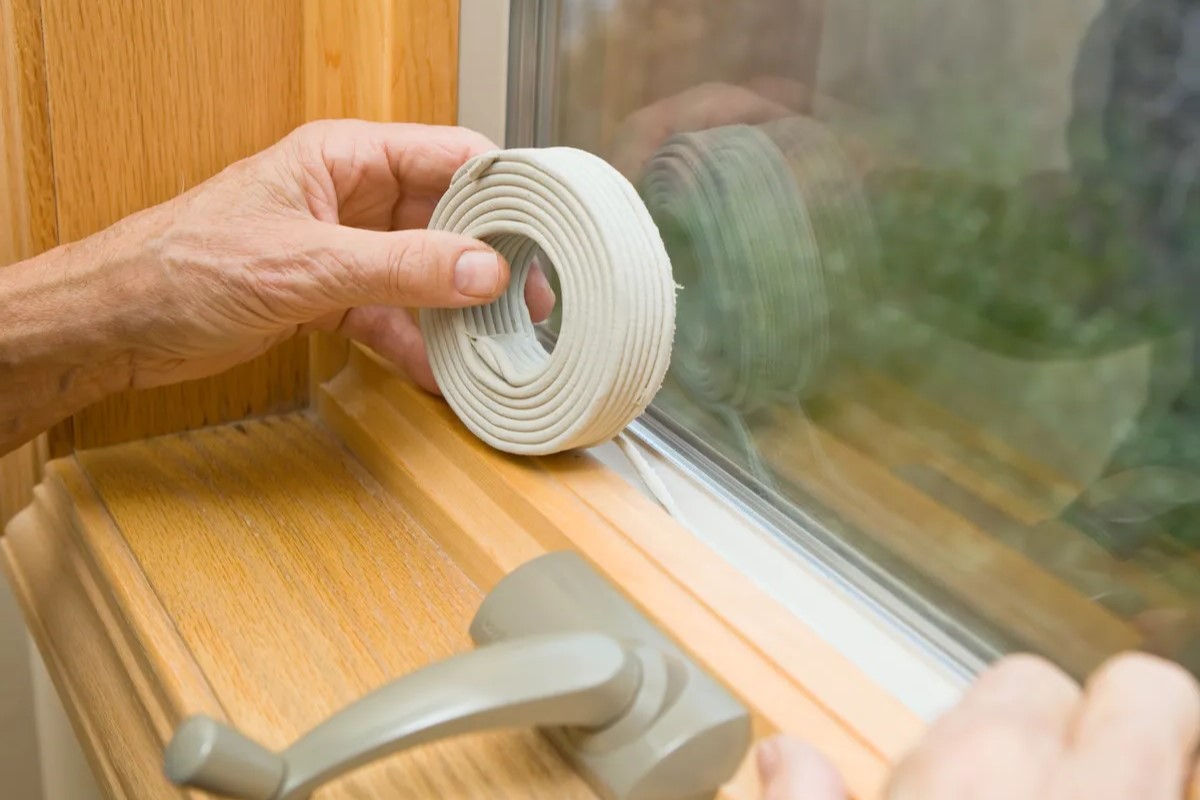
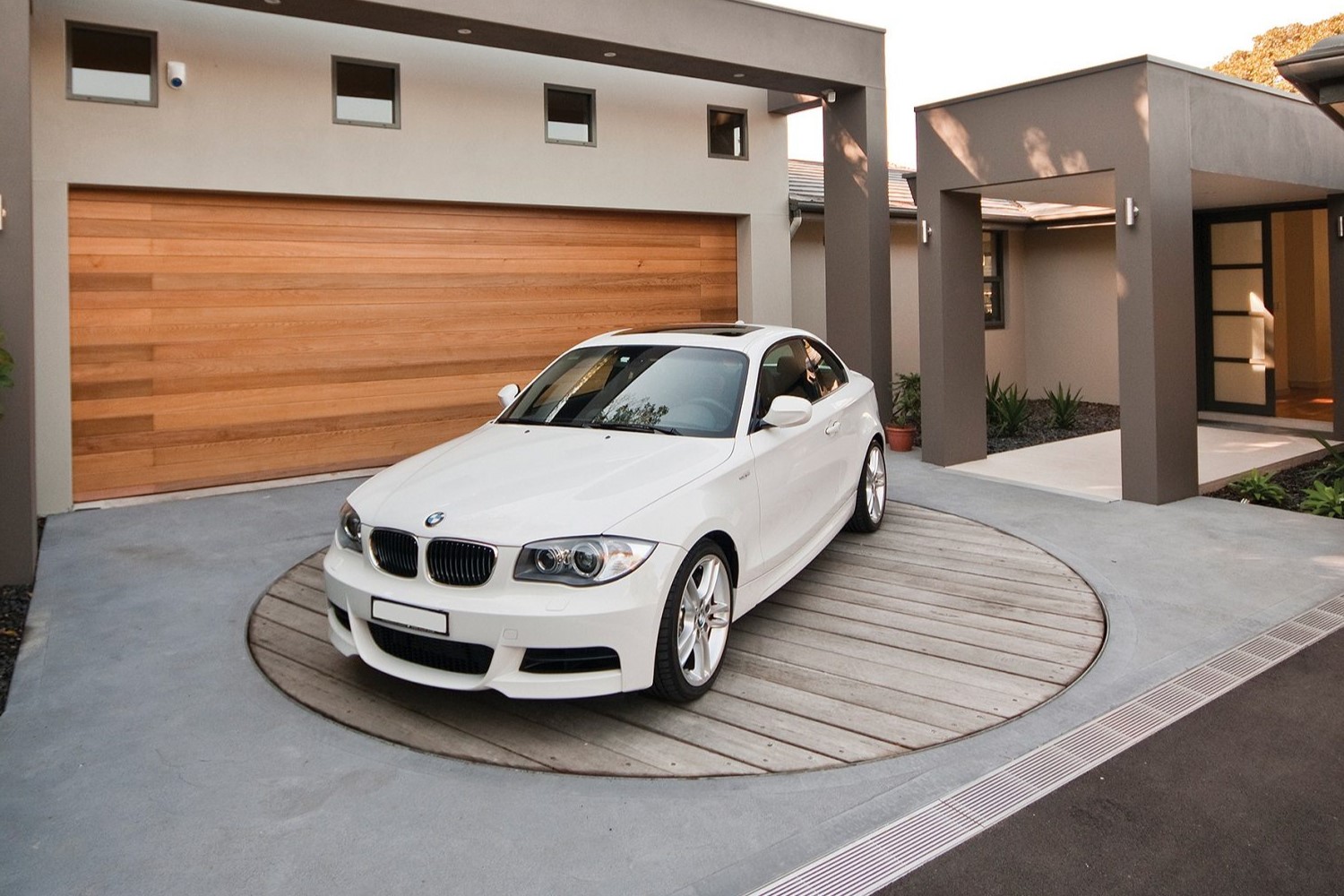
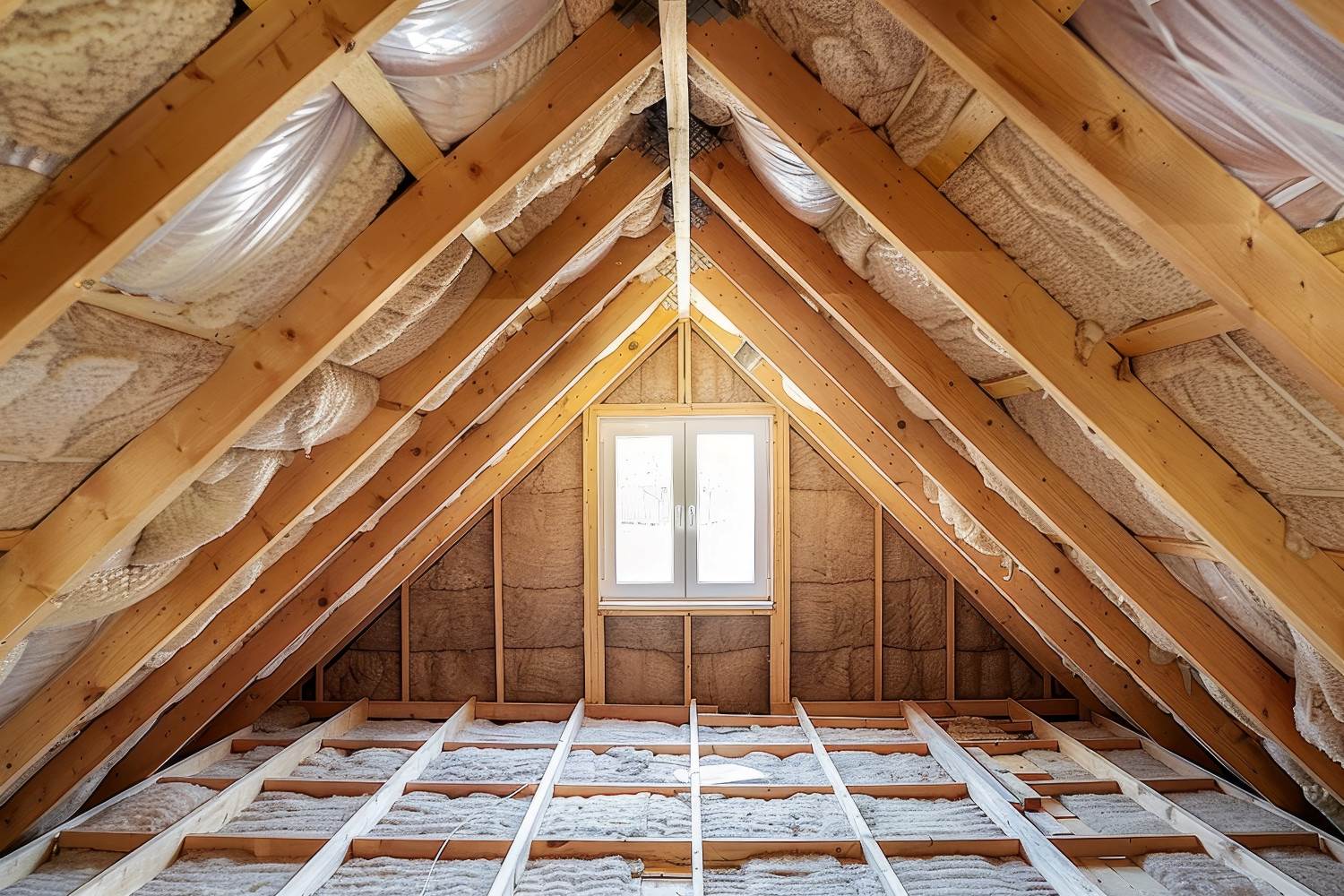

0 thoughts on “Upgrading Your Home Security System DIY Options”